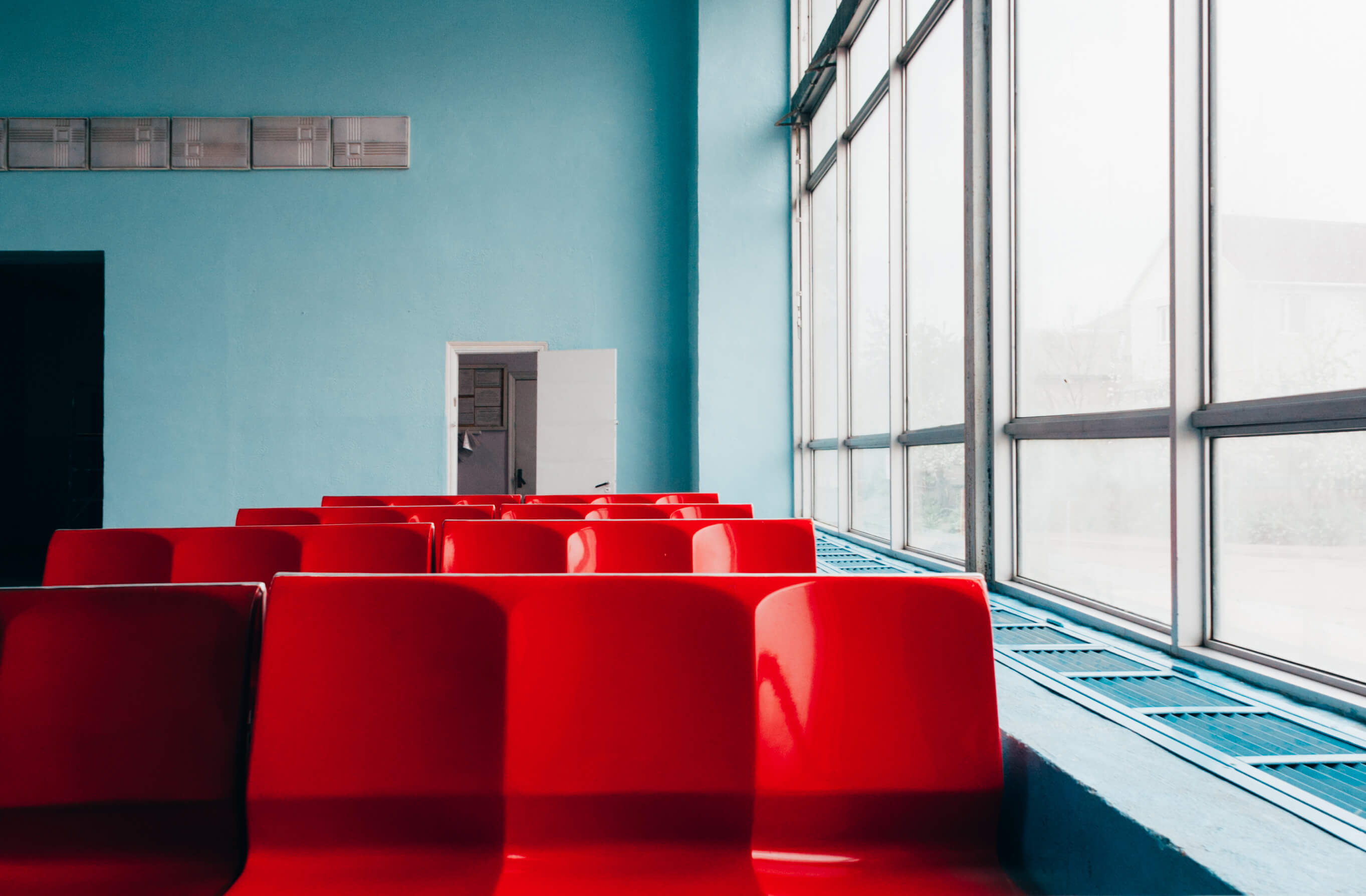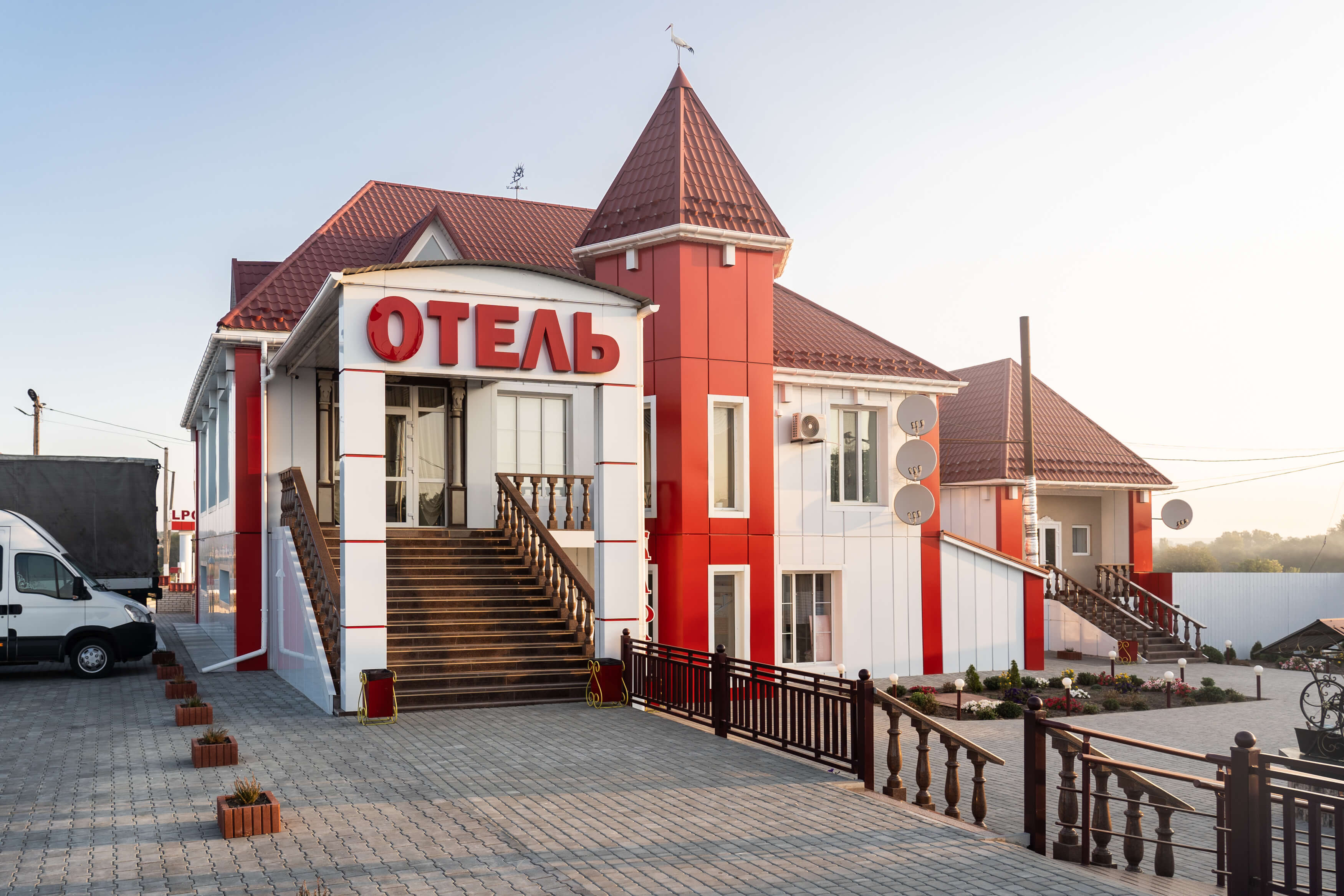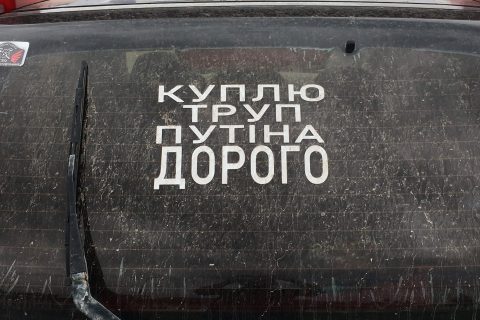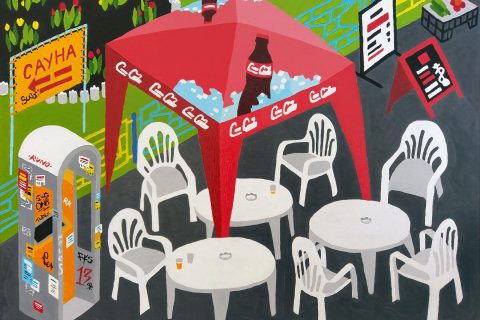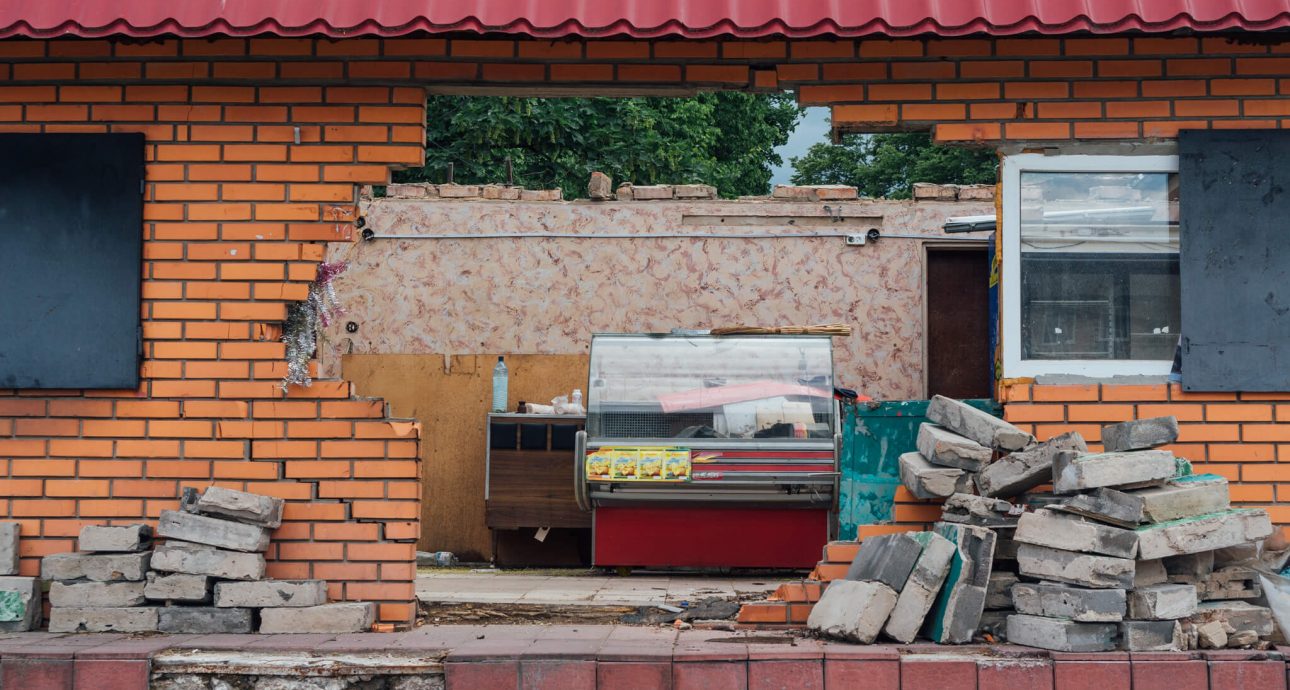
The Modest Charm of Village Architecture

A Kyiv-based interior photographer.
— I started shooting village architecture back in 2018. My friend and I spent a week riding our motorcycles to the Carpathians, and I took many pictures of village shops and community centres on that trip. I grew up in a city and wasn’t used to this kind of architecture. As a matter of fact, it still amazes me. What I like the most is the contrast between modern design and idyllic landscapes reminiscent of what Shevchenko wrote about. I still don’t know for sure how many photos I have in my archive, but I think it’s in the hundreds now.
The original old-time signage on those buildings was the first thing that caught my eye. I’m still amazed by the diversity of types, colours, and shapes. Therefore, my Silmahiia project (a play on ‘сільмаг’, a Ukrainian for ‘village shop’, that can be roughly translated as Village Shop Magic or Village Shop Land — Translator’s Note) starts with shops signs.
I have no warm or nostalgic feelings about the Soviet Union: this project is a study of Ukrainian spaces. I had my doubts about aestheticizing those buildings. After all, they were built during the Soviet occupation of Ukraine. However, my friends and followers convinced me those were a part of Ukraine’s history. They basically saved the project.
In a Ukrainian village, a shop is usually the only public space. People go there to socialize. Some of those I visited had a table with newspapers, a kettle, checkers, chess, or playing cards. On one occasion, I was lucky to play ping-pong in one such shop.
In a Ukrainian village, a shop is usually the only public space. People go there to socialize. Some of those I visited had a table with newspapers, a kettle, checkers, chess, or playing cards.
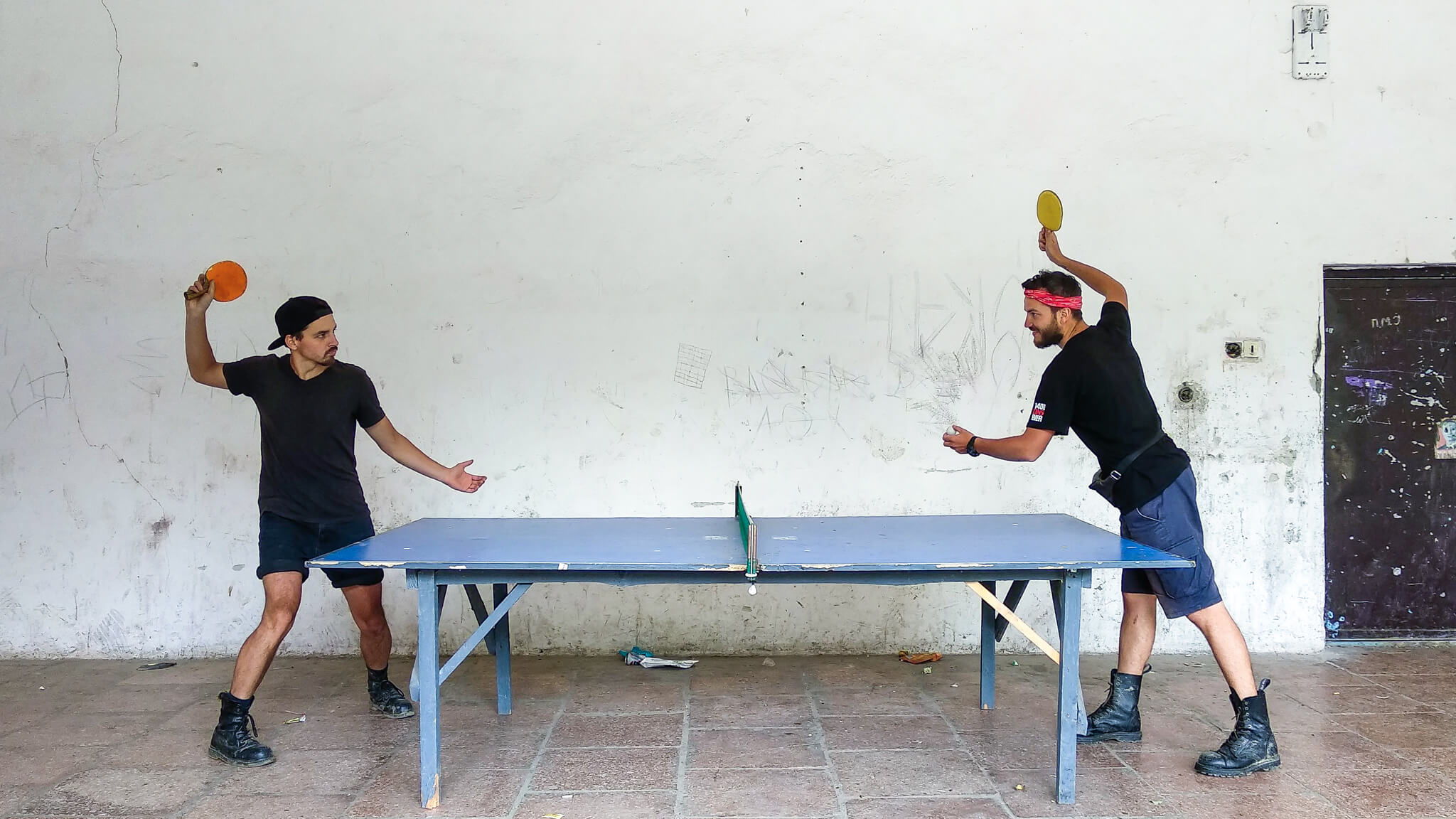
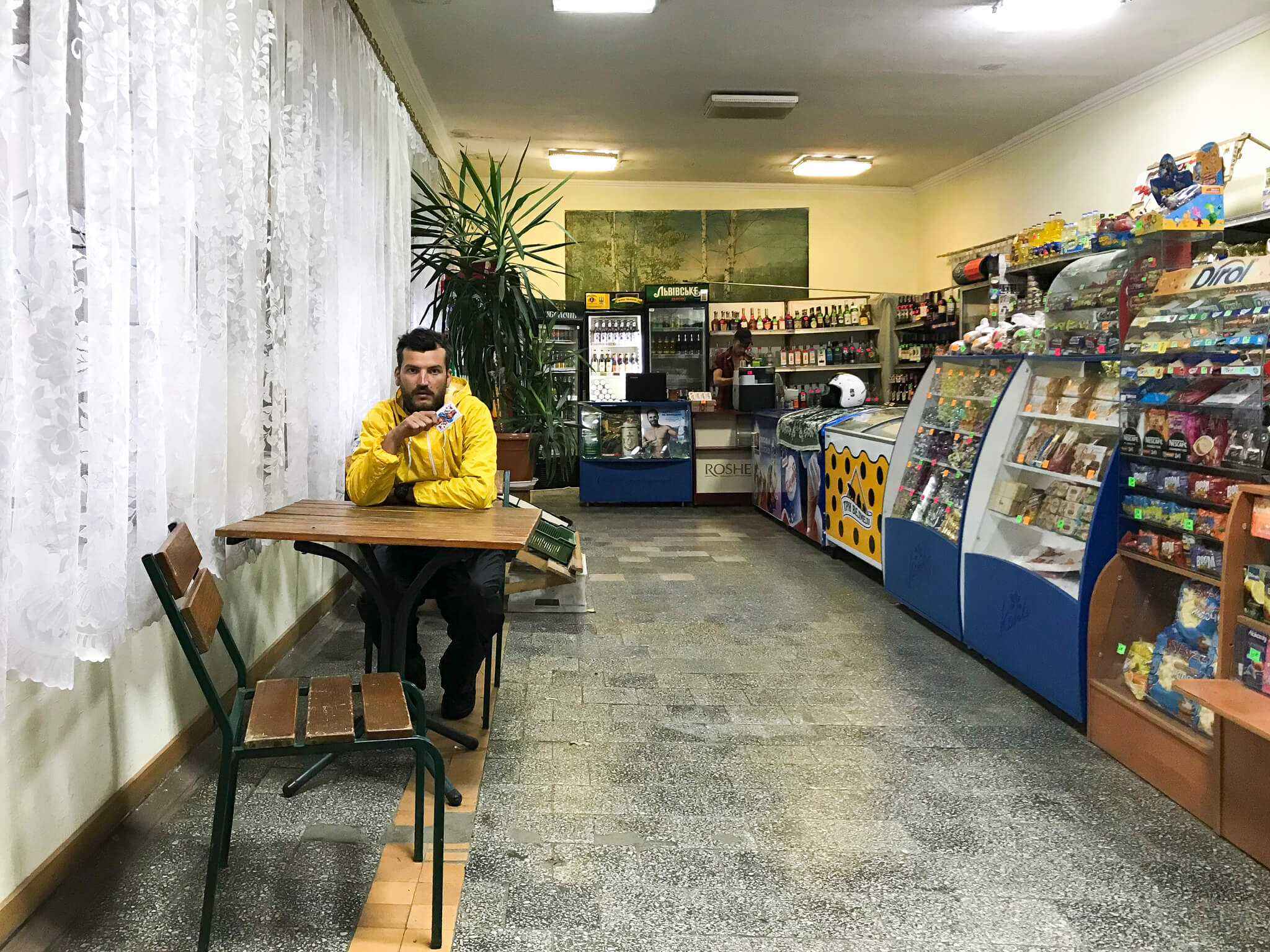
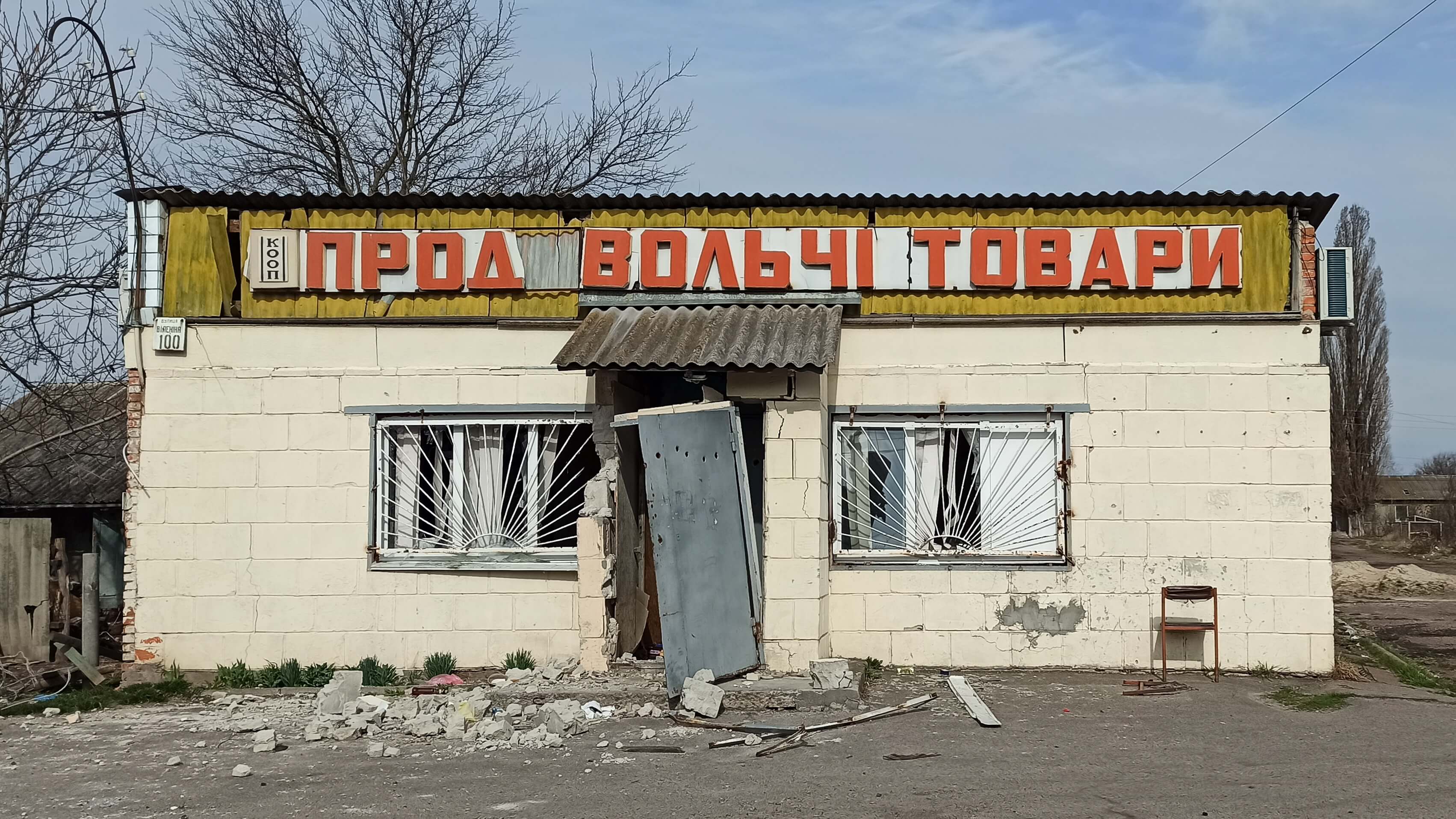
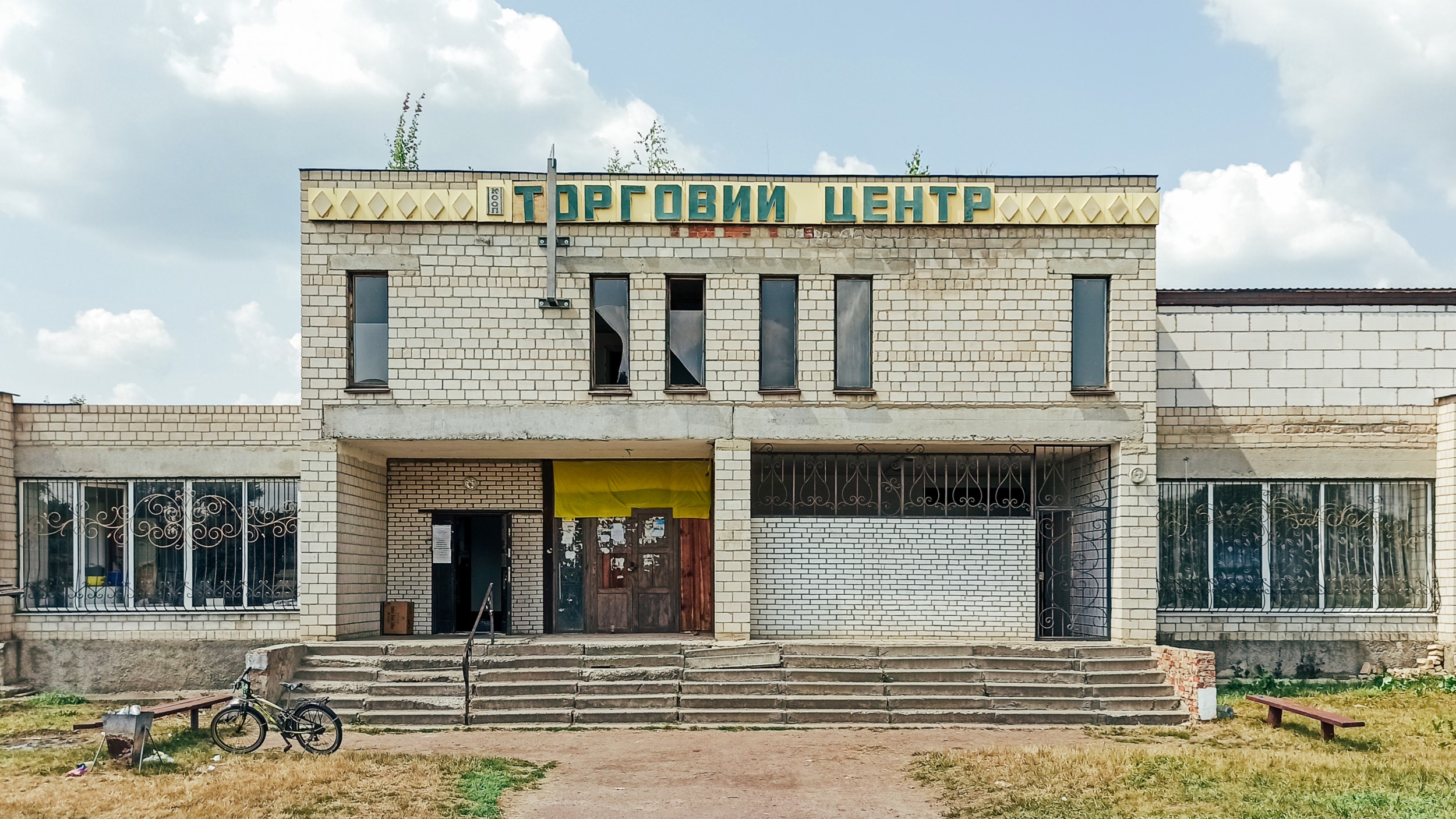
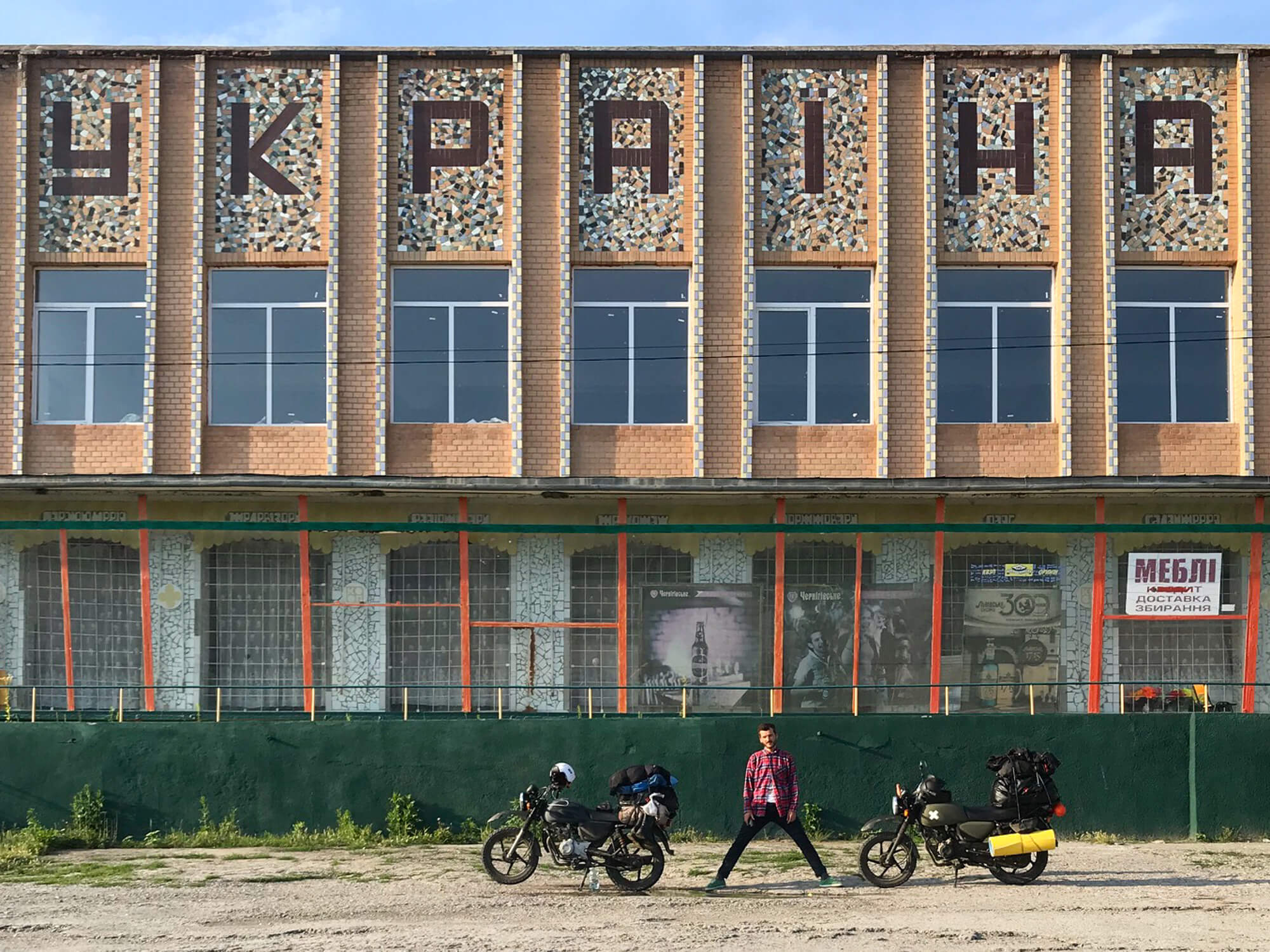
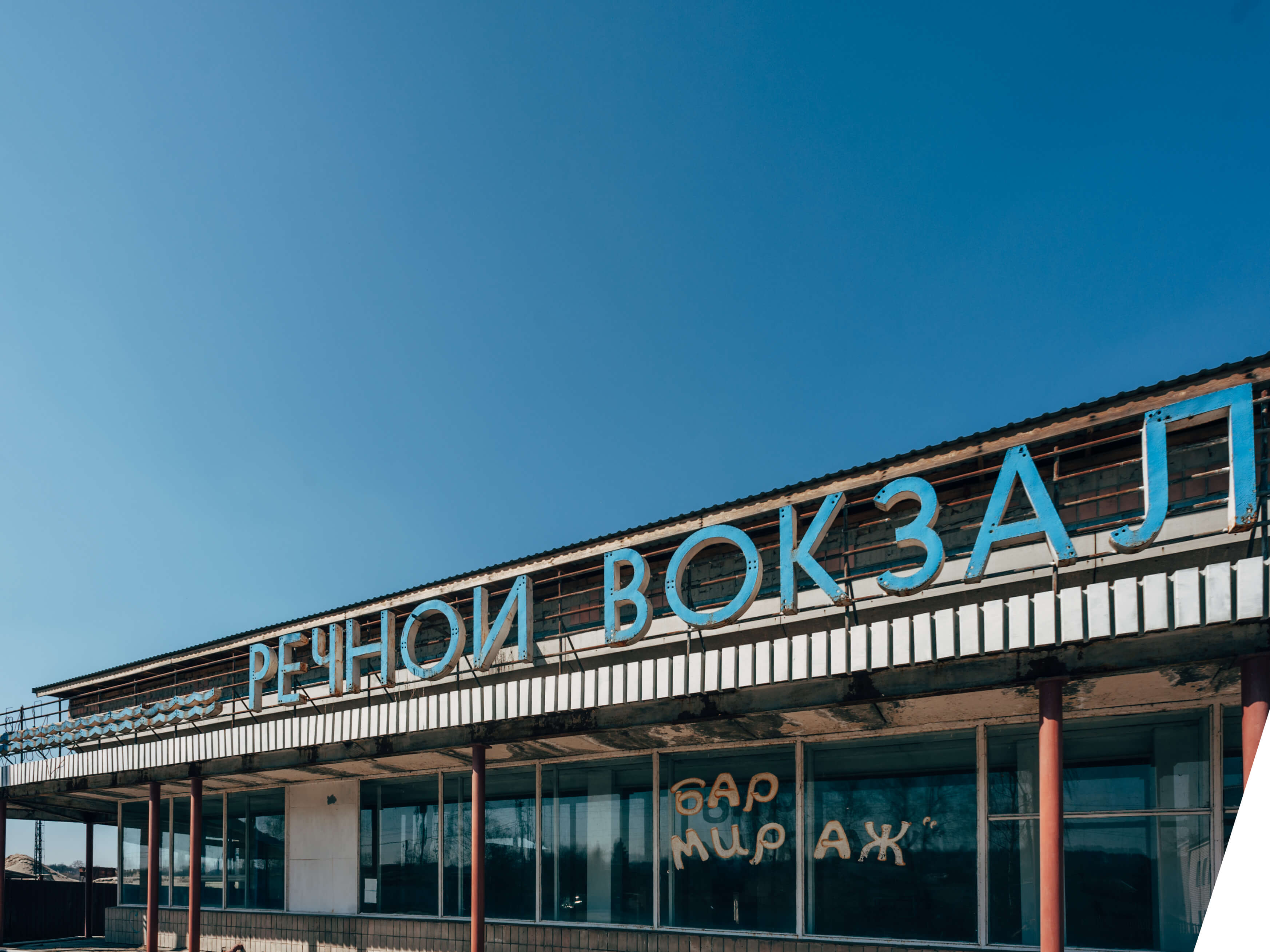
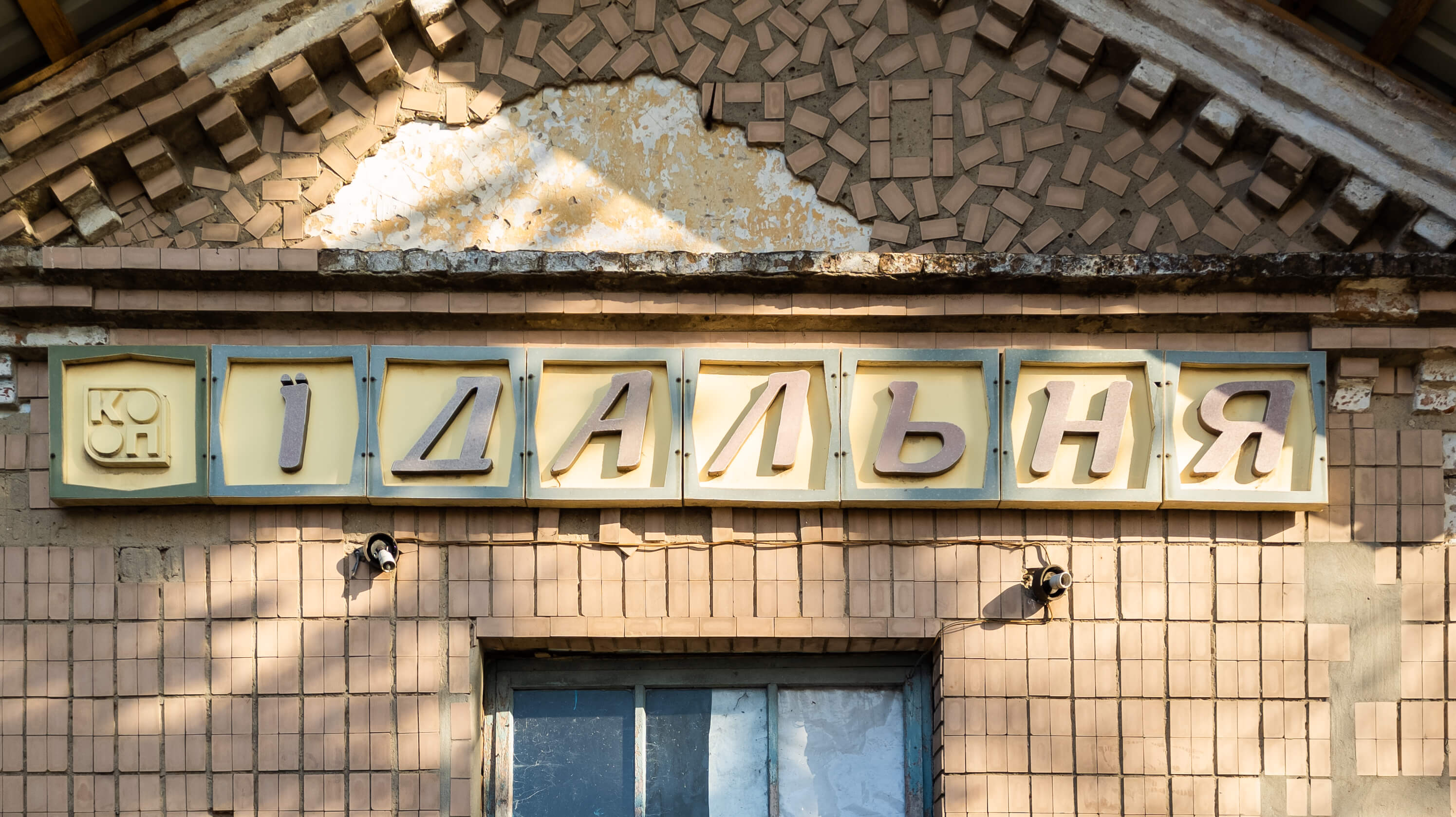
In February, it seemed as if photography had lost its importance. I spent all my time volunteering, and taking pictures felt awkward. After the deoccupation of the Kyiv Region in early April, I came upon a shop with a colourful sign in one of the villages where I delivered humanitarian aid. The sign was mutilated by shrapnel from Russian shelling, and the shop’s doors and windows were broken. Its photo was the first one I posted on Instagram since the beginning of the full-on invasion. On my subsequent relief trips to liberated cities and villages, I took pictures more often. That was when I decided to document the damage done by Russian aggression.
The village shop in an authentic mazanka (a traditional Ukrainian adobe hut — Translator’s Note) in Vyshneve, Chernihiv Region, got the most love from my followers. That place had been under occupation for over a month. Russians shelled Chernihiv from there. I took the photo of that village shop in April. It was the northernmost point of where I went — 30 kilometres from the Belarusian border.
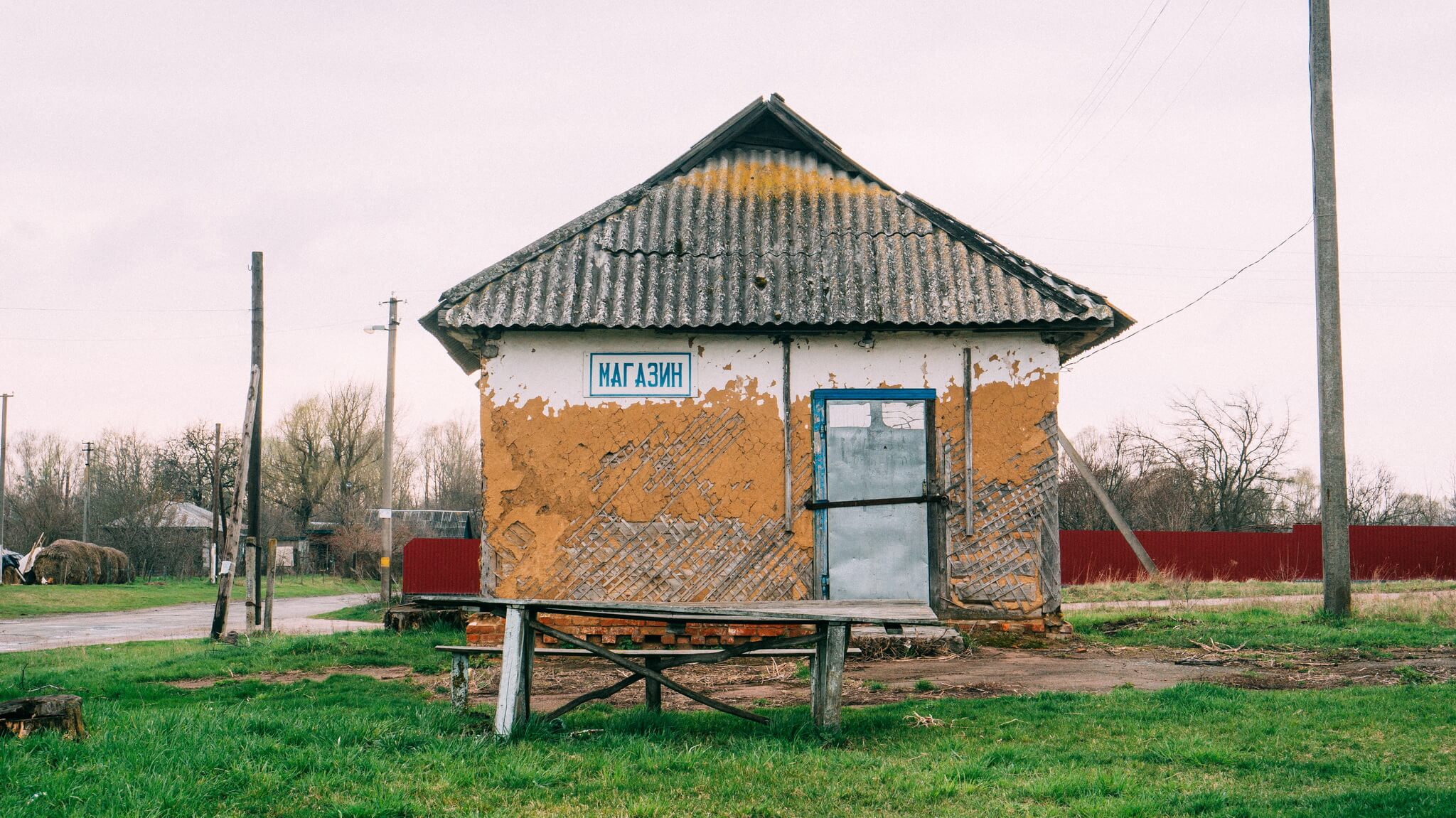
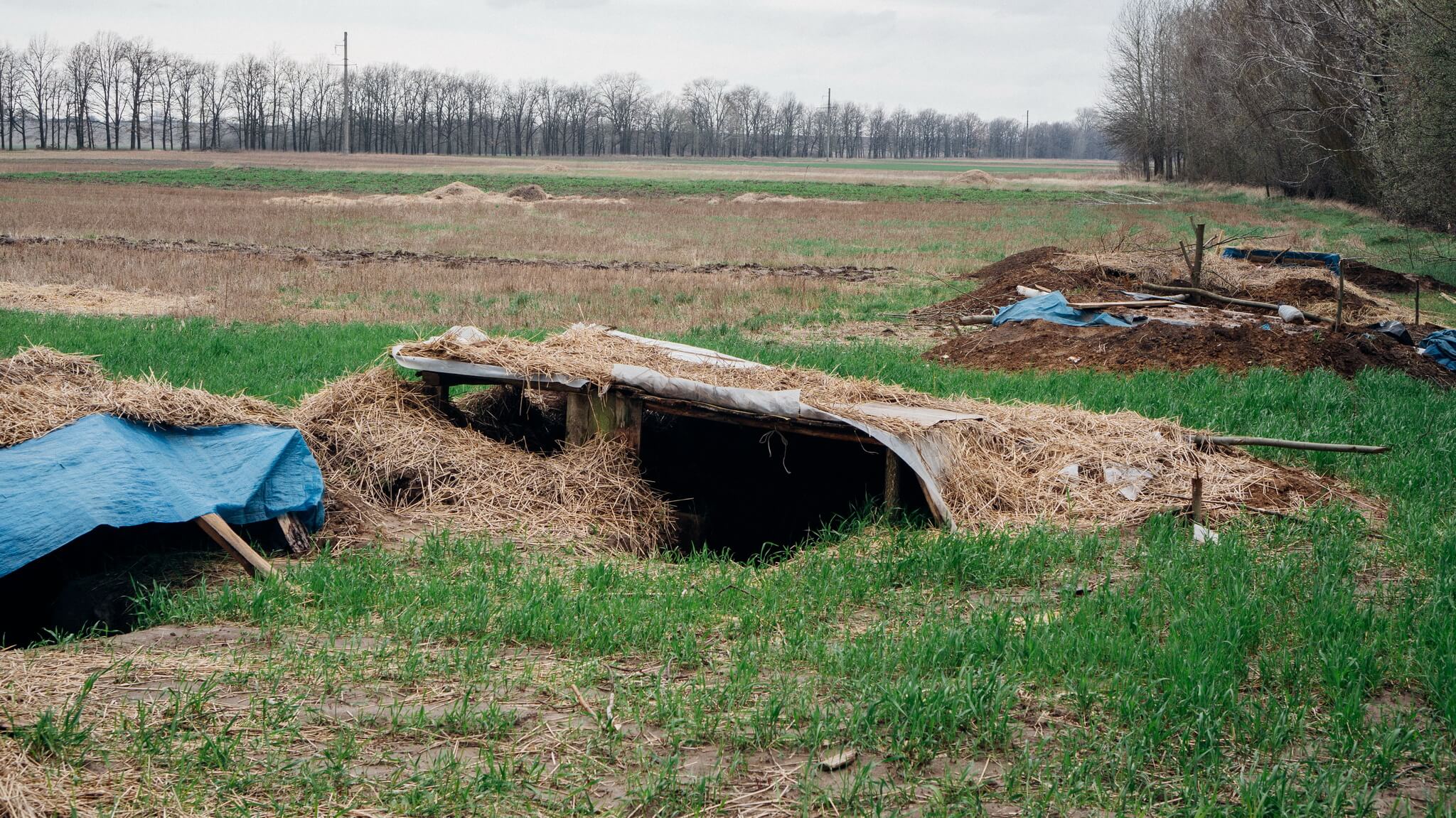
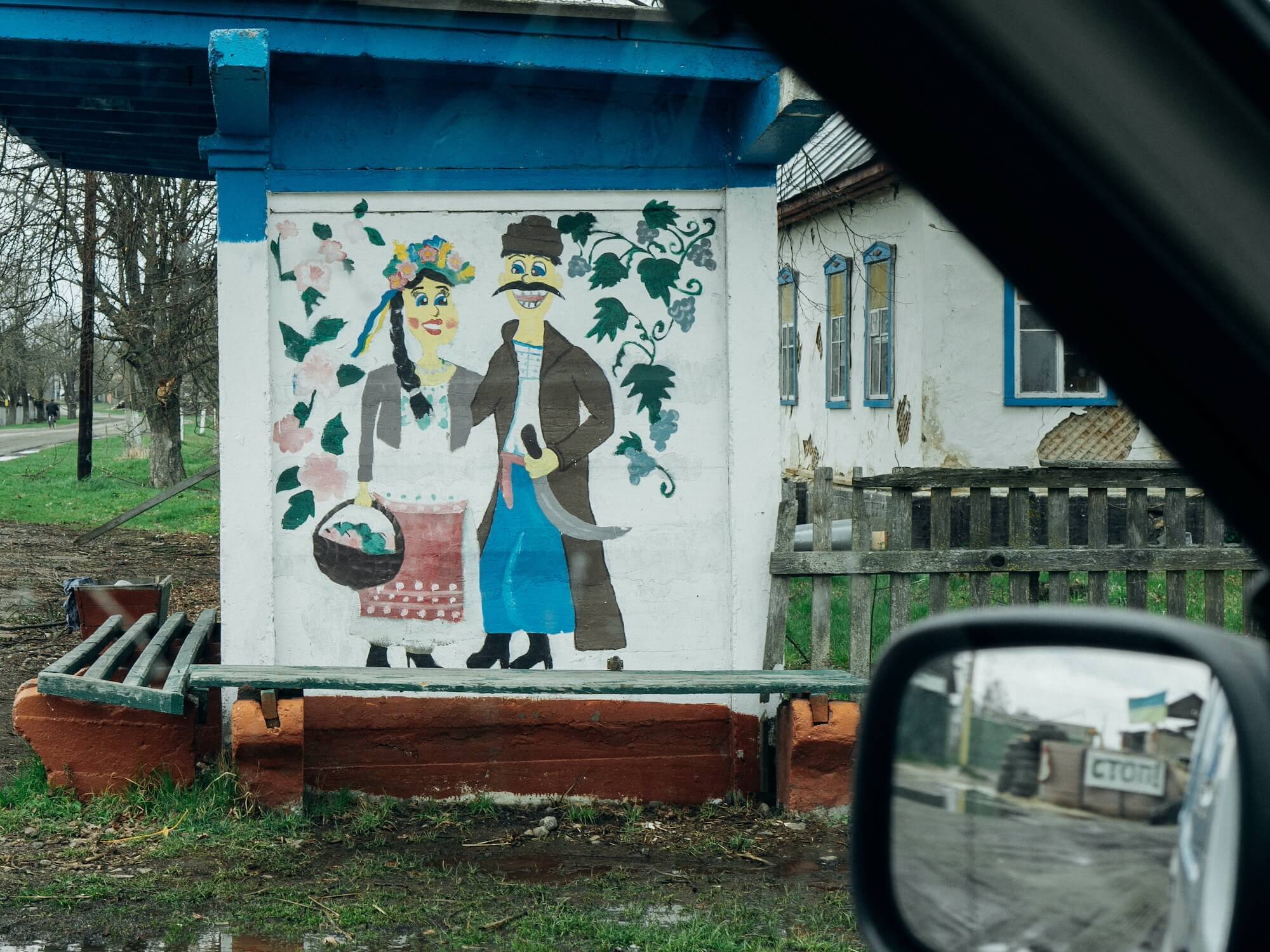
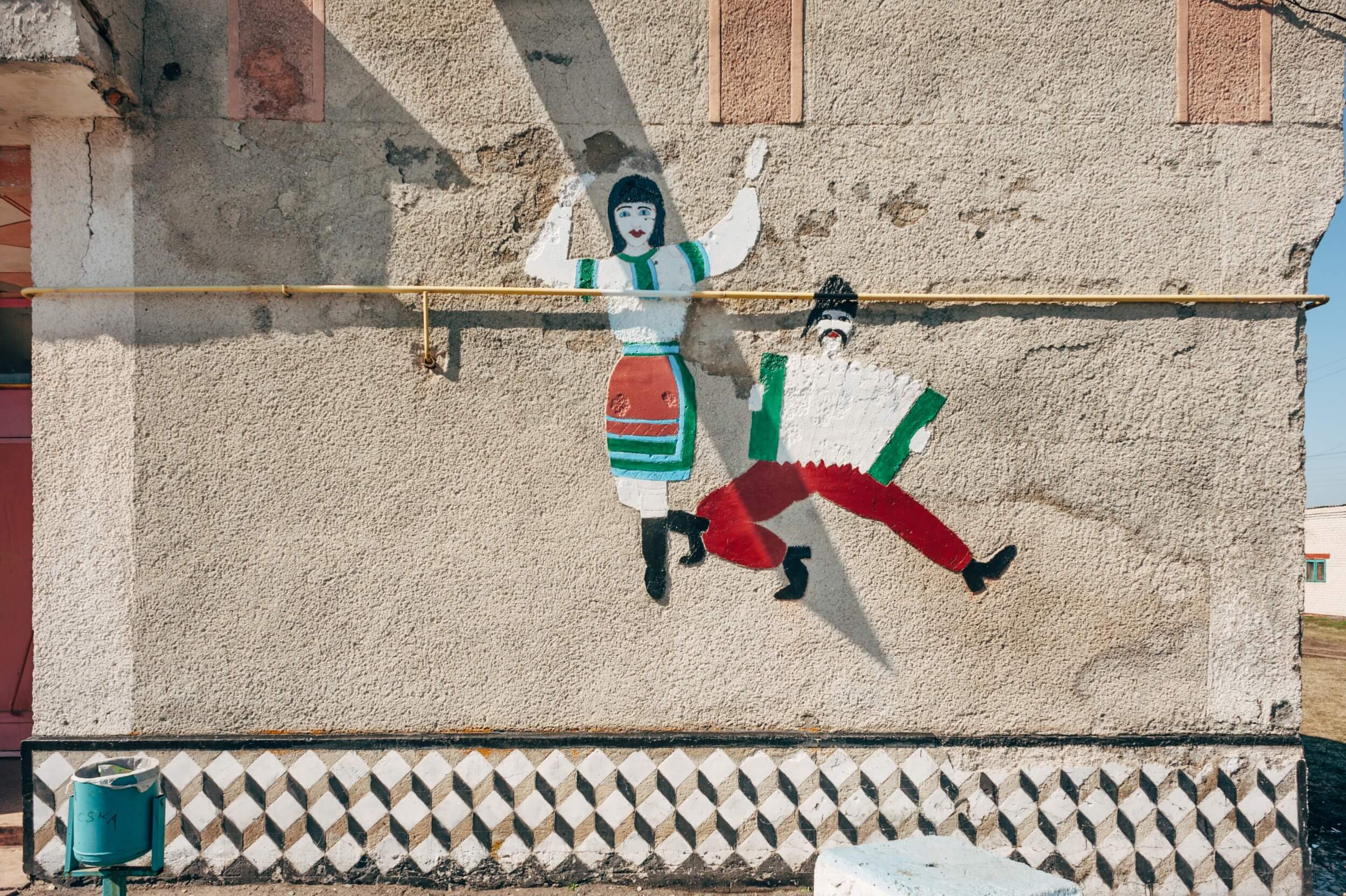
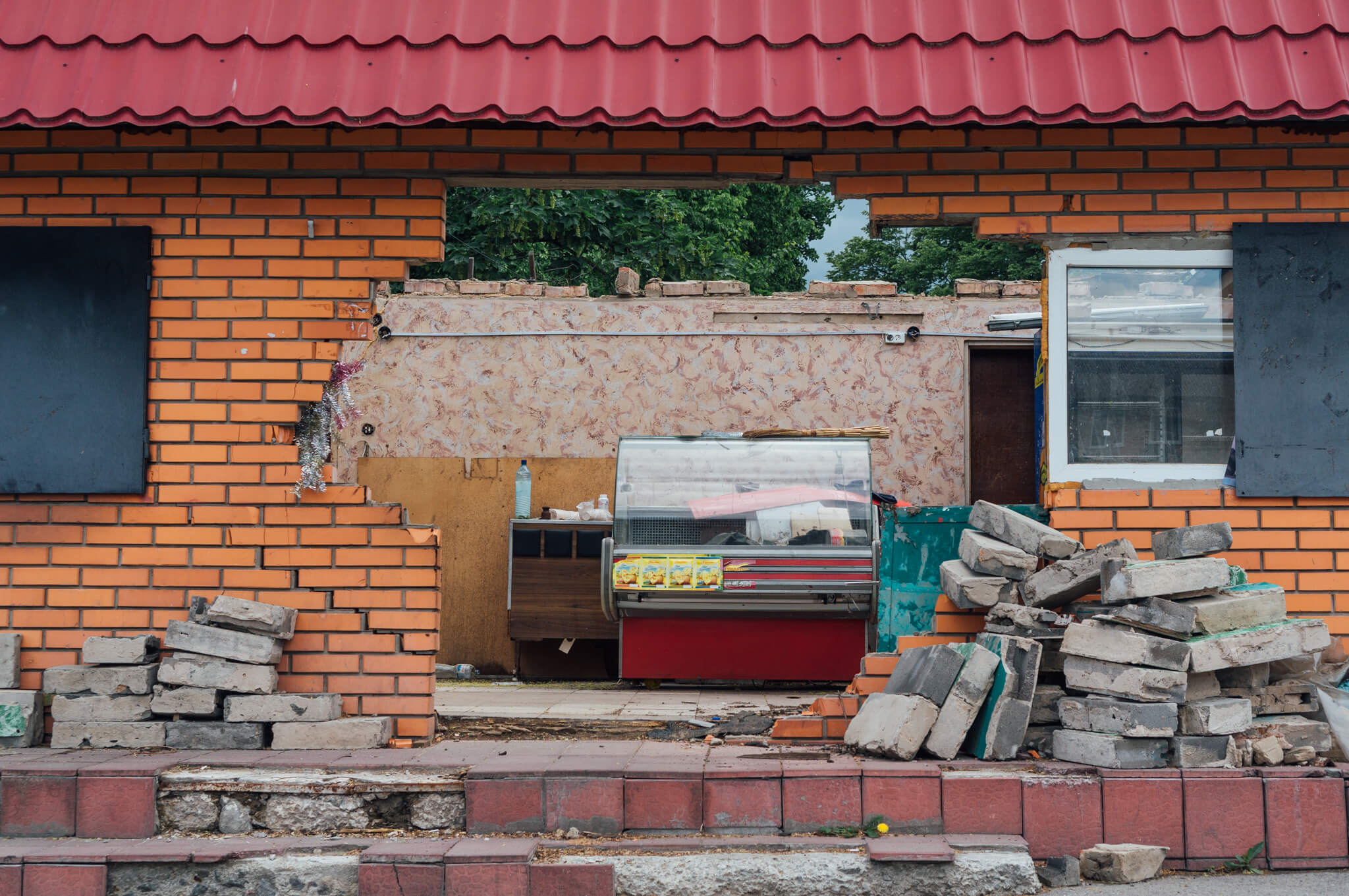
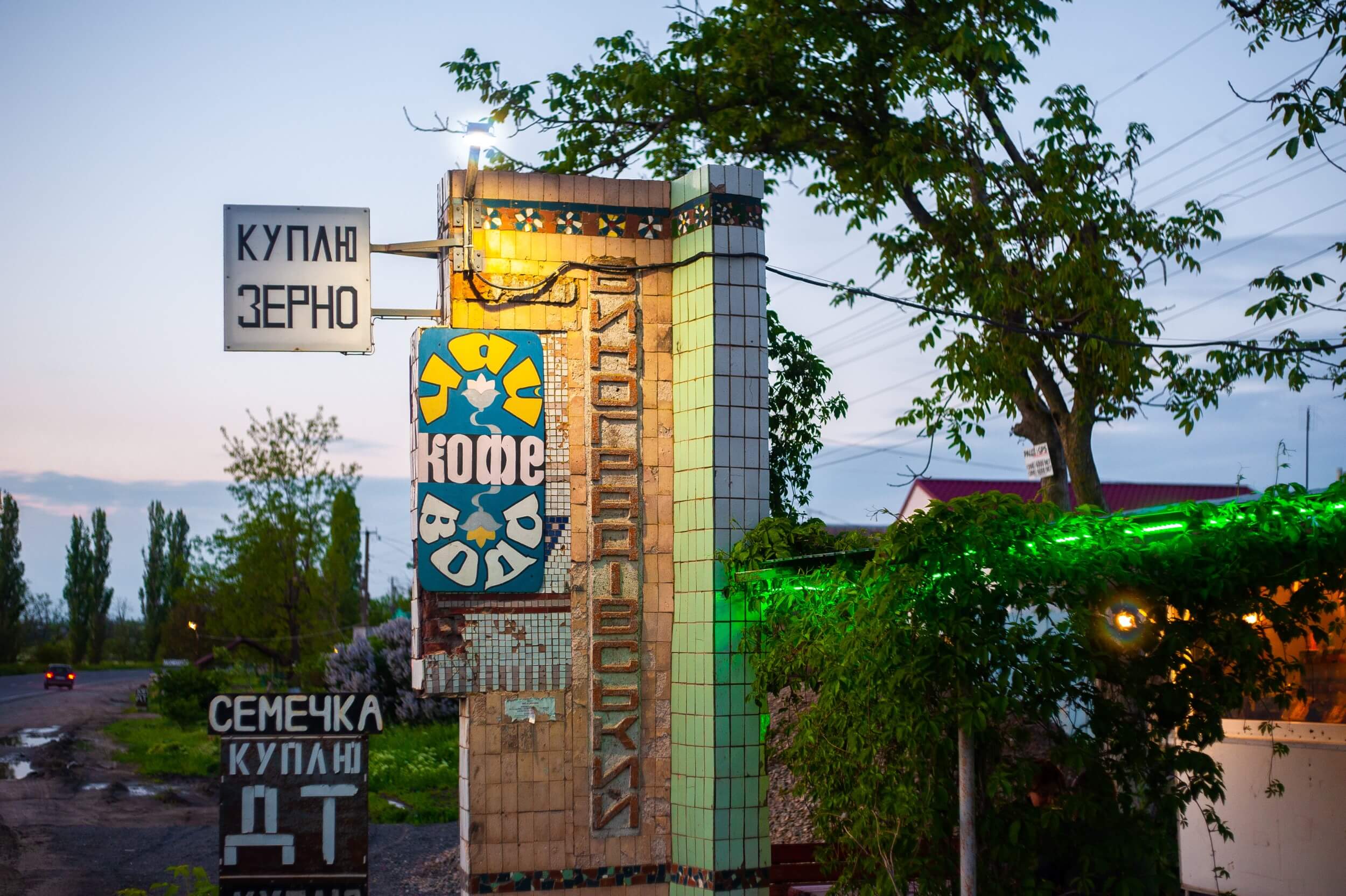
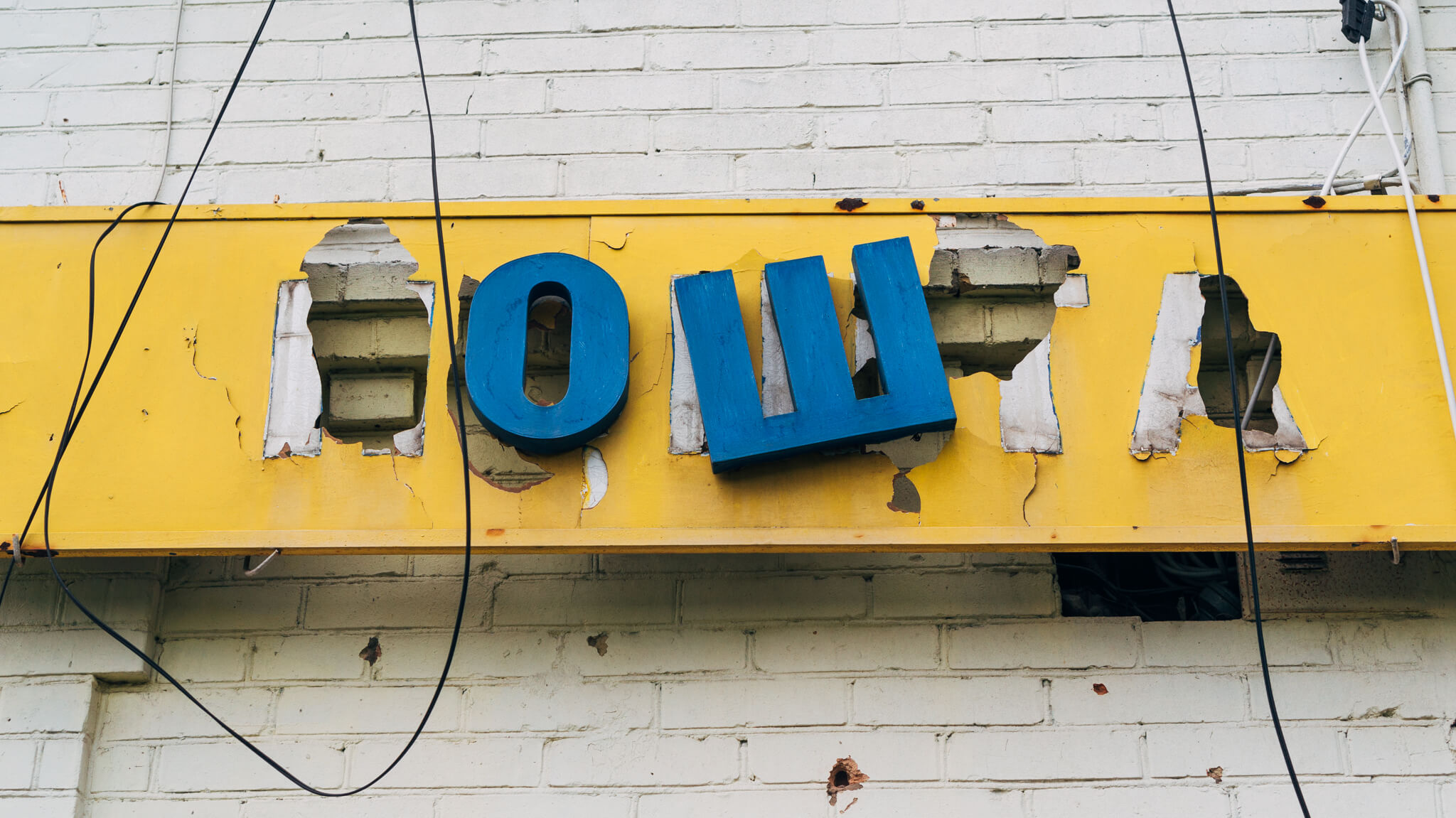
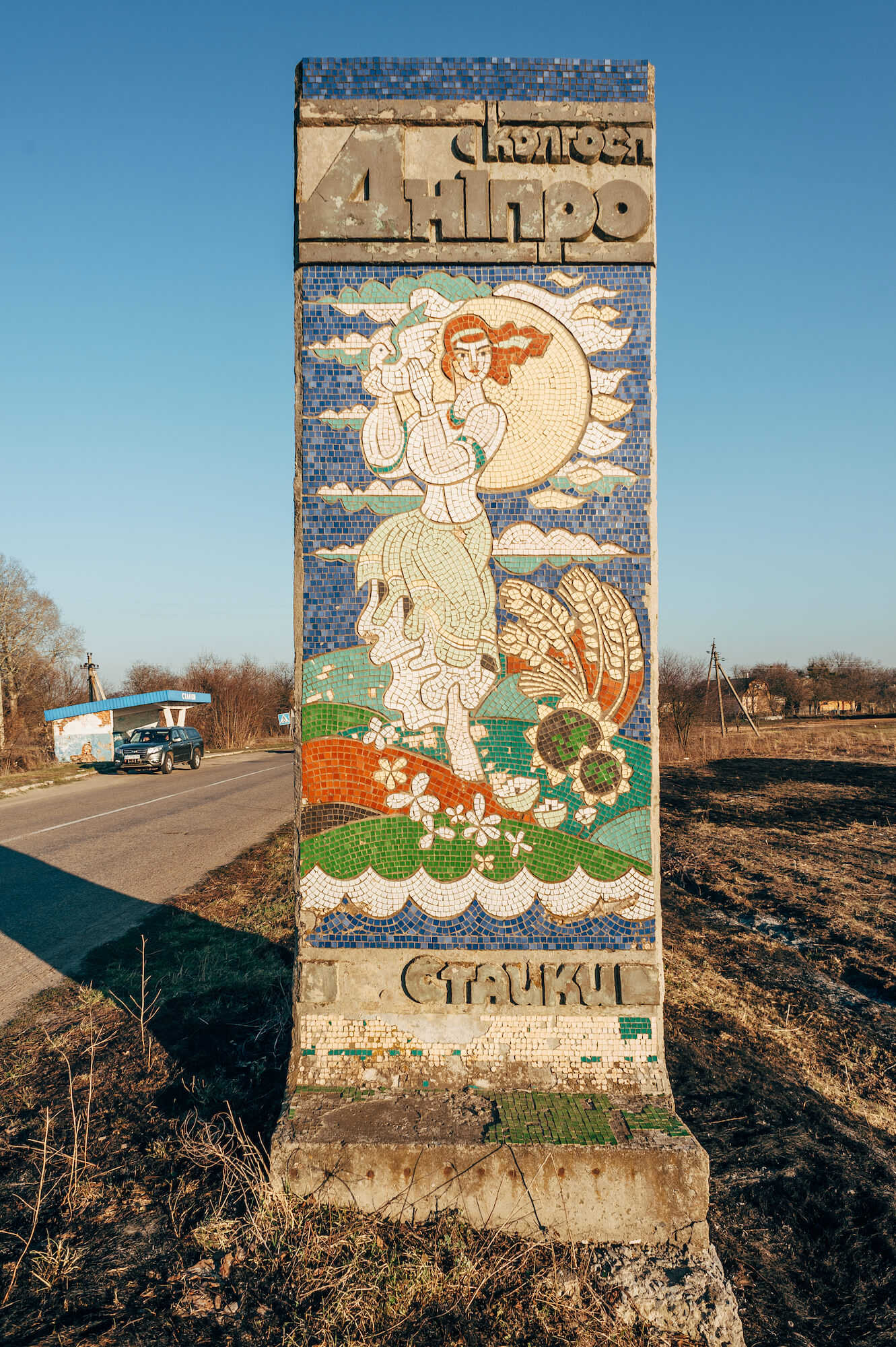
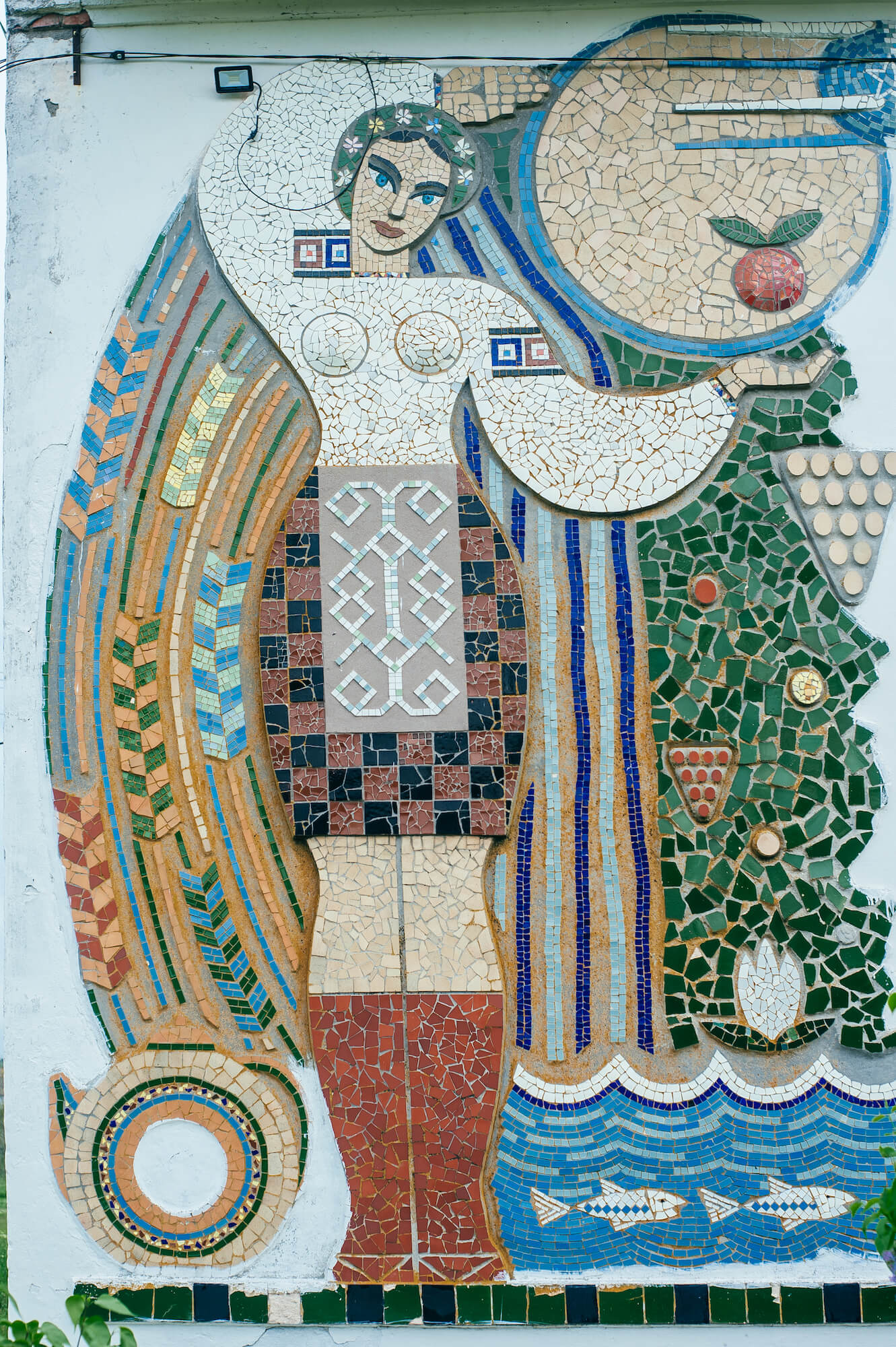
My followers told me this project turned their routine trips to the country into exciting adventures. I’m so glad there is someone who shares my vision. When my followers started buying merch with village shop prints and the first media exposure came, I was ecstatic.
There was some attention from abroad, too. Estonian painter Sasha Milyakina made an art piece based on my Bohuslav shop photo in March. Also, she donated proceeds from selling her paintings to support artists in Kherson. I want this project to culminate in an eponymous photo book. In my opinion, it would be the most fitting way to end it.
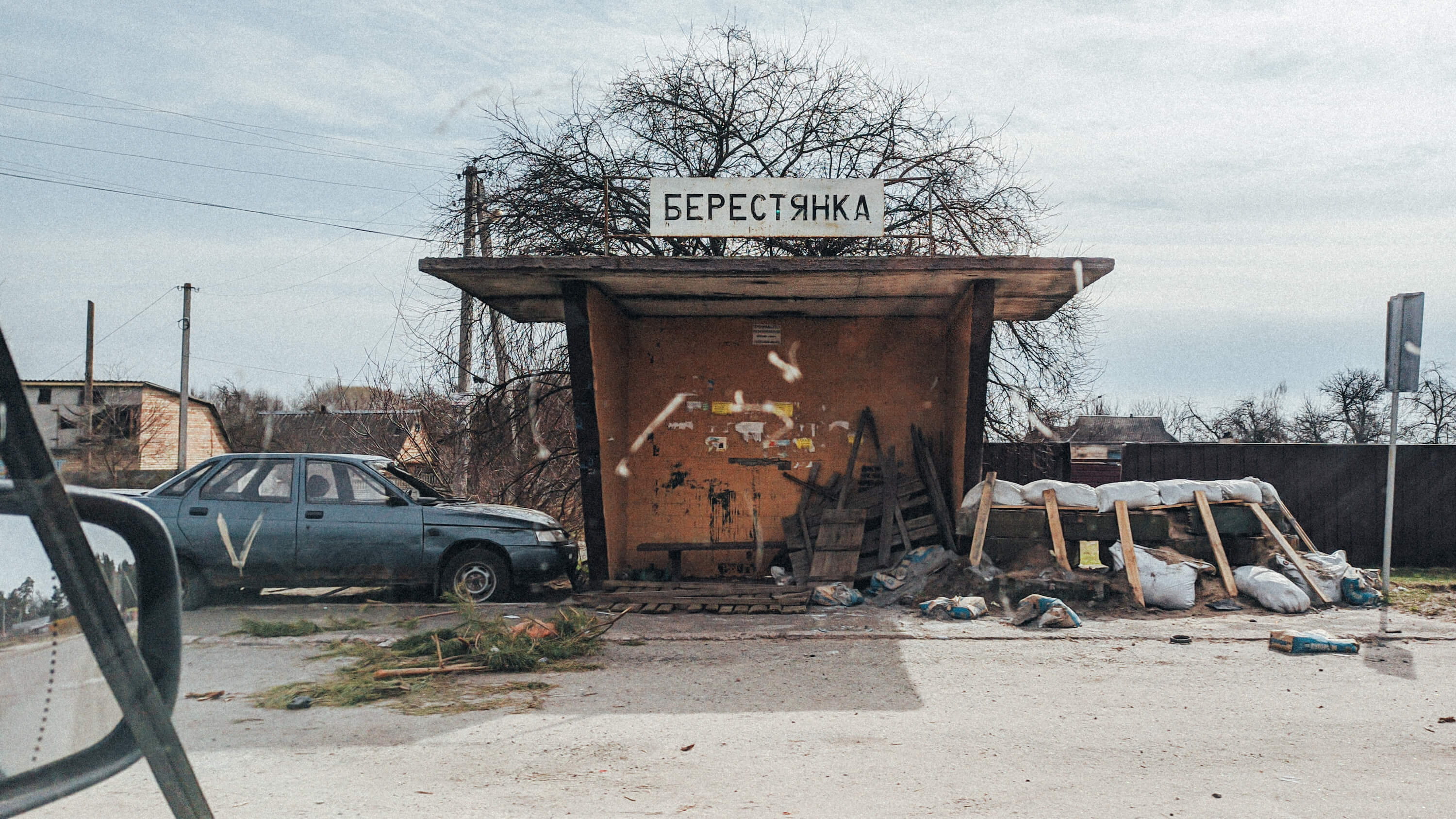
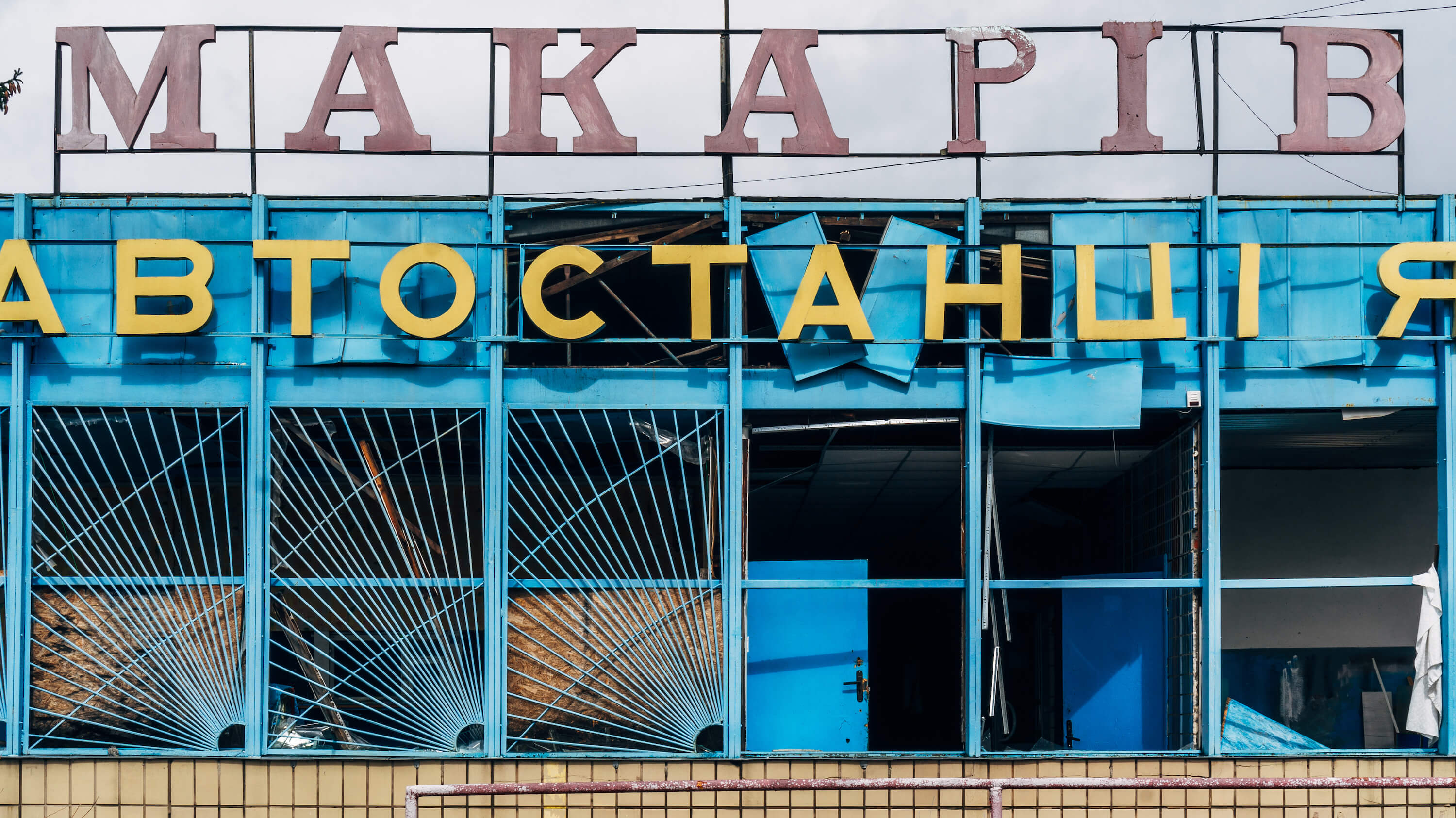
New and best
